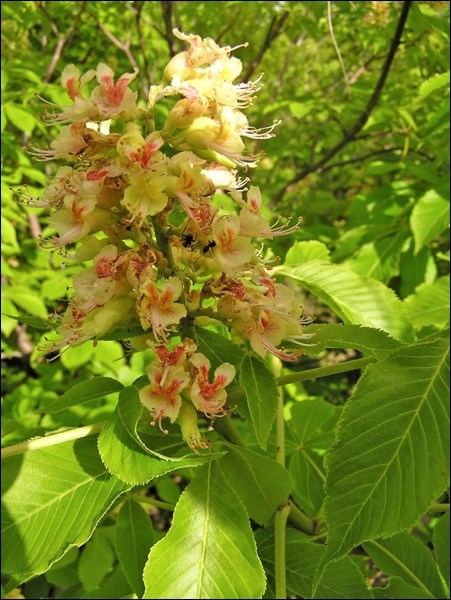I remember a friend reminding a judge from Communities in Bloom, “Every tree you see in Saskatoon has been planted.” This can be said for many communities across the prairies. Over several generations, we changed treeless landscapes into urban forests. We planted elm, Manitoba maple, birch, ash, poplar, flowering crabapples and chokecherry.
But with the onslaught of disease and insects on core plantings, recent decades have seen the need for far greater diversification of species. Diseases such as Dutch elm disease, fireblight and black knot have taken their toll as have the bronze birch borer and now the emerald ash borer and the cottony ash psyllid. Never has the need for diversification been as critical. Fortunately, plant breeders have worked hard to introduce new species and develop and select resistant trees that are hardy to zone 2. It remains for us, as individuals and municipalities, to plant them.
Following are some choices, some new, others that have been around for a long time but have in some cases been largely passed over. Most are rated as hardy to zone 2. Some will require a more protected location.
Subalpine fir or alpine fir (Abies lasiocarpa) (50 by 15 feet) is native to the subalpine forest zone of the mountains of Alberta and British Columbia. It has a narrow form (almost like an exclamation mark on your landscape) and soft needles. Once established, it’s extremely drought tolerant. If your local nursery does not carry it, ask them to bring it in.
Inferno sugar maple (Acer saccharum Jeferno) (35 by 25 feet) has improved fall colour but needs further testing. Well worth trialing, it should be placed in a more protected location.
Hot Wings tatarian maple (Acer tataricum ‘Garann’) (25 by 20 feet) forms a small upright and spreading tree with a dense canopy. It produces bright red samaras in late summer and has green to yellow fall colour.
Prairie Horizon Manchurian alder (Alnus hirsuta ‘Harbin’) (30 by 20 feet) is fast growing and drought-tolerant with an upright, oval form and can fix its own nitrogen. It has a unique olive-green bark, attractive foliage and purple spring catkins. Clusters of brown catkins and cones develop in fall and are retained through winter. It may be vulnerable to sap sucker damage.
Ohio buckeye (Aesculus glabra) (25 by 25 feet) has unique palmately compound leaves, lovely large yellow flowers, interesting nuts and gorgeous golden to reddish-orange fall foliage. It’s hardy and has been available for years, but it not seen nearly as much as it should be.
Delta hackberry (Celtis occidentalis) (40 by 40 feet) is native to the south shore of Lake Winnipeg and has been planted in Saskatoon for years. Slow growing with rough corky bark, it has golden fall foliage. It looks elm-like and is in the same family as elm but is immune to Dutch elm disease. Plant on well-drained soil. It’s drought-tolerant once established. If your local nursery does not carry it, ask them to bring it in.
Snowbird Morden hybrid hawthorn (Crataegus x mordenensis) (20 by 15 feet) is a seedling of Toba released from the Morden Research Station in 1969. It has double white flowers and shiny green foliage and is well suited to a smaller landscape.
More diverse trees to follow in next week’s column.
— This column is provided courtesy of the Saskatchewan Perennial Society (SPS; saskperennial@hotmail.com ). Check our website (www.saskperennial.ca) or Facebook page (www.facebook.com/saskperennial) for a list of upcoming gardening events: Saturday, Aug. 18, 9 to noon and Tuesday, Aug. 21, 6:30 to 8 p.m. – SPS Labour and Learn at the Saskatoon Forestry Farm Park and Zoo, learn gardening tips while helping to maintain the Heritage Rose and Meditation Gardens.



